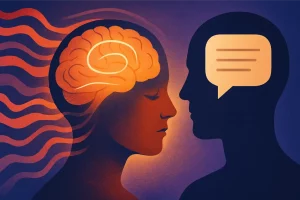Abstract
Hallucinogens evoke sensory, perceptual, affective, and cognitive effects that may be useful to understand the neurobiological basis of mood and psychotic disorders. The present chapter reviews preclinical research carried out in recent years in order to better understand the action of psychotomimetic agents such as the noncompetitive NMDA receptor (NMDA-R) antagonists and serotonergic hallucinogens. Our studies have focused on the mechanisms through which these agents alter cortical activity. Noncompetitive NMDA-R antagonists, such as phencyclidine (PCP) and MK-801 (dizocilpine), as well as the serotonergic hallucinogens DOI and 5-MeO-DMT, produce similar effects on cellular and population activity in prefrontal cortex (PFC); these effects include alterations of pyramidal neuron discharge (with an overall increase in firing), as well as a marked attenuation of the low frequency oscillations (0.2–4 Hz) to which neuronal discharge is coupled in anesthetized rodents. PCP increases c–fos expression in excitatory neurons from various cortical and subcortical areas, particularly the thalamus. This effect of PCP involves the preferential blockade of NMDA-R on GABAergic neurons of the reticular nucleus of the thalamus, which provides feedforward inhibition to the rest of thalamic nuclei. It is still unknown whether serotonergic hallucinogens also affect thalamocortical networks. However, when examined, similar alterations in other cortical areas, such as the primary visual cortex (V1), have been observed, suggesting that these agents affect cortical activity in sensory and associative areas. Interestingly, the disruption of PFC activity induced by PCP, DOI and 5-MeO-DMT is reversed by classical and atypical antipsychotic drugs. This effect suggests a possible link between the mechanisms underlying the disruption of perception by multiple classes of hallucinogenic agents and the therapeutic efficacy of antipsychotic agents.
Lladó-Pelfort, L., Celada, P., Riga, M. S., Troyano-Rodríguez, E., Santana, N., & Artigas, F. (2017). Effects of Hallucinogens on Neuronal Activity. 10.1007/7854_2017_473













